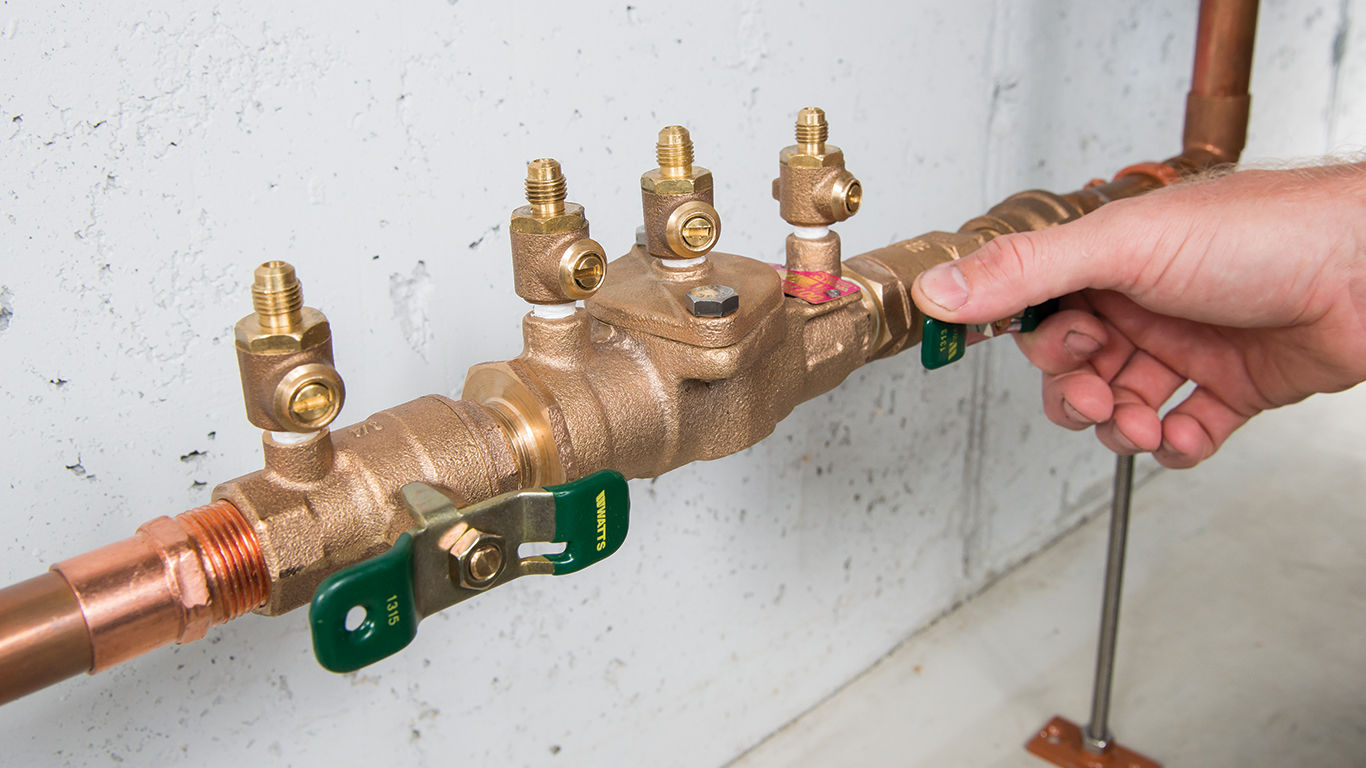

Articles
What Is A Backflow In Plumbing
Modified: January 8, 2024
Learn all about backflow in plumbing with our informative articles. Understand how backflow occurs and how it can be prevented.
(Many of the links in this article redirect to a specific reviewed product. Your purchase of these products through affiliate links helps to generate commission for Storables.com, at no extra cost. Learn more)
Introduction
Welcome to the world of plumbing, where complex systems work diligently behind the scenes to provide us with clean and safe water. However, amidst the intricacies of plumbing lies a potential threat called backflow. Backflow is a concern that homeowners and plumbers alike should be aware of in order to protect the integrity of their plumbing systems and, more importantly, their health.
In its simplest terms, backflow refers to the undesirable reversal of water flow within a plumbing system. Instead of water flowing in the intended direction, it flows backward, potentially contaminating the clean water supply with chemicals, pollutants, or even sewage. This can happen due to a loss in pressure, cross-connections, or faulty plumbing fixtures.
Backflow can occur in various scenarios, such as when there is a drop in the supply pressure from the municipal water source, or when there is a sudden increase in pressure within the plumbing system due to equipment or appliance malfunctions. That’s why it’s essential to understand the causes, dangers, and prevention methods associated with backflow in order to safeguard our homes and families.
In this article, we will explore the different types of backflow preventers, the potential health risks associated with backflow, and the steps you can take to prevent backflow in your plumbing system. So, let’s dive in and gain a deeper understanding of this critical issue in the world of plumbing.
Key Takeaways:
- Backflow in plumbing is the undesirable reversal of water flow, potentially contaminating clean water with chemicals, pollutants, or sewage. Preventing backflow requires proper devices, maintenance, and awareness to safeguard our water supply and health.
- Recognizing signs of backflow issues, installing prevention devices, and adhering to local regulations are crucial in protecting the water supply. By prioritizing backflow prevention, we ensure clean and safe water for our homes and communities.
Read more: Which Plumbing Device Helps Prevent Backflow
Definition of Backflow
Backflow occurs when water flows in the opposite direction of its intended flow within a plumbing system. It is the unwanted reversal of water flow, where water that should be flowing out of a fixture or appliance instead flows back into the water supply.
The phenomenon of backflow is a direct result of a loss in pressure in the plumbing system. When there is a drop in pressure, such as when a higher pressure source is connected to a lower pressure source, it can create a backflow situation. This can allow contaminants, chemicals, or pollutants to enter the clean water supply, posing a significant health risk to those using the water.
Backflow can occur due to various reasons, including cross-connections, faulty valves, or malfunctioning plumbing fixtures. Cross-connections are one of the leading causes of backflow and involve a connection between the potable (clean water) supply and a non-potable source, such as a toilet or a sprinkler system. When water pressure drops, it creates a siphoning effect, drawing water from the non-potable source back into the clean water supply.
Backflow can be classified into two main types: backpressure backflow and backsiphonage. Backpressure backflow occurs when the pressure in the plumbing system exceeds the pressure of the water supply, forcing the water to flow in the opposite direction. This can happen when a pump or other equipment creates higher pressure within a plumbing system.
Backsiphonage, on the other hand, occurs when there is a sudden drop in water supply pressure, causing a vacuum effect that pulls water back into the supply lines. This can happen during water main breaks, firefighting operations, or when there is excessive demand on the water supply.
In both cases, backflow can lead to the contamination of the water supply with chemicals, bacteria, sewage, or other harmful substances, endangering the health of those who use the water for drinking, cooking, or bathing.
Understanding the definition of backflow is crucial to implementing the necessary measures for prevention. By recognizing the causes and risks associated with backflow, we can take proactive steps to protect our plumbing systems and ensure the delivery of safe and clean water to our homes.
Causes of Backflow in Plumbing
Backflow in plumbing can occur due to various factors and situations. Understanding the common causes of backflow is essential for preventing potential contamination of the water supply. Here are some of the main causes:
- Faulty or Malfunctioning Valves: One of the primary causes of backflow is the failure of check valves or backflow preventers. These valves are designed to prevent water from flowing back into the supply lines. If they become worn out, damaged, or fail to close properly, it can lead to backflow.
- Drop in Water Pressure: A sudden drop in water pressure within the plumbing system can cause backflow. This can happen during a water main break, when the water supply is interrupted, or when there is excessive demand from firefighting operations.
- Cross-Connections: Cross-connections between potable and non-potable water sources create a high risk for backflow. For example, if a garden hose is left submerged in a bucket of cleaning chemicals or connected to a sprinkler system, it can lead to backflow if the water pressure drops.
- Inadequate Backflow Prevention Devices: If there are no or insufficient backflow prevention devices installed in the plumbing system, it increases the likelihood of backflow. These devices are designed to prevent the backward flow of water and contaminants.
- Hydraulic Conditions: Certain hydraulic conditions, such as water hammer or sudden changes in water pressure, can cause backflow. Water hammer occurs when there is a sudden interruption or change in water flow, creating a surge of pressure that can push water back into the supply lines.
- Backpressure: Backpressure occurs when the water pressure in the plumbing system exceeds the pressure of the water supply. This can happen due to a faulty pump, elevated water tanks, or other equipment that creates excessive pressure within the system.
- Freezing and Thawing: In colder climates, freezing and thawing can cause backflow issues. Frozen pipes can create blockages and pressure build-up, leading to backflow when the pipes thaw.
It is important to identify these causes and take preventive measures to minimize the risk of backflow in your plumbing system. Regular maintenance, inspections, and the installation of appropriate backflow prevention devices can help safeguard the water supply, protect against contamination, and maintain the integrity of your plumbing system.
Types of Backflow Preventers
Backflow preventers play a crucial role in preventing the occurrence of backflow and protecting the quality of our water supply. These devices are designed to stop the reverse flow of water and ensure that contaminants, chemicals, and pollutants do not enter the clean water system. There are several types of backflow preventers commonly used in plumbing systems. Let’s explore some of them:
- Atmospheric Vacuum Breaker (AVB): An AVB is a simple and cost-effective backflow preventer used for low-risk applications. It is typically installed on hose bibs, irrigation systems, or other fixtures that have a low chance of backpressure. The AVB allows air to enter the plumbing system when there is a drop in pressure, preventing the backward flow of water.
- Pressure Vacuum Breaker (PVB): A PVB is a more advanced backflow preventer suitable for medium-risk applications. It consists of a spring-loaded check valve and an air inlet valve. When the pressure in the plumbing system drops, the check valve closes and the air inlet valve opens, preventing backflow. PVBs are commonly used in irrigation systems and commercial plumbing applications.
- Double Check Valve Assembly (DCVA): A DCVA is a high-level backflow preventer used in high-risk applications. It consists of two spring-loaded check valves that act as a double barrier against backflow. The check valves are controlled by a differential pressure relief valve that opens to release excess pressure. DCVAs are often used in commercial and industrial settings.
- Reduced Pressure Zone (RPZ) Assembly: An RPZ assembly is the most reliable and effective type of backflow preventer, suitable for high-risk applications. It consists of two independently operating check valves and a pressure differential relief valve. The check valves create a barrier between the water supply and the potential source of contamination, and the relief valve opens to release excessive pressure. RPZ assemblies are commonly used in complex plumbing systems and in locations where backflow poses a significant risk.
- Spill-resistant Pressure Vacuum Breaker (SVB): An SVB is an advanced variation of the PVB that incorporates additional spill-resistant features. It is commonly used in fire sprinkler systems, chemical plants, and other high-hazard environments where backflow prevention is critical.
Each type of backflow preventer is designed to address specific levels of risk and is suitable for different applications. The selection of the appropriate backflow preventer depends on factors such as the potential hazards, local plumbing codes, and the specific needs of the plumbing system.
It is important to consult with a qualified plumber or backflow prevention specialist to determine the most suitable type of backflow preventer for your plumbing system. Proper installation, regular maintenance, and timely testing of backflow preventers are essential to ensure their effectiveness in preventing backflow and preserving the safety and cleanliness of our water supply.
How Backflow Can Contaminate Water Supply
Backflow poses a significant risk to the safety and quality of our water supply. When backflow occurs, the reverse flow of water can introduce contaminants, chemicals, and pollutants back into the clean water system. This contamination can happen through various mechanisms, each with its own potential health risks. Let’s explore how backflow can contaminate the water supply:
- Cross-Connections: Cross-connections are a common cause of backflow. When there is a connection between the potable (clean) water supply and a non-potable source, such as a sprinkler system or a chemical reservoir, the risk of contamination is high. If the water pressure drops, it can create a siphoning effect, drawing water from the non-potable source into the clean water system.
- Backpressure: Backpressure occurs when the pressure within the plumbing system exceeds the pressure of the water supply. This can happen due to faulty pumps, elevated water tanks, or other equipment that creates excessive pressure. Backpressure can force water to flow in the opposite direction, carrying contaminants from the plumbing system back into the water supply.
- Backsiphonage: Backsiphonage happens when there is a sudden drop in water supply pressure, creating a vacuum effect. This vacuum can pull water from plumbing fixtures, appliances, or non-potable sources back into the water supply. For example, if there is a break in the water main or if firefighting operations are underway, backsiphonage can occur.
- Chemical and Hazardous Substances: Backflow can introduce chemicals, pesticides, fertilizers, or other hazardous substances into the water supply. This can happen when backflow occurs from irrigation systems, car washes, or industrial sites. These substances can pose serious health risks, especially if ingested or used for consumption or bathing.
- Sewage Contamination: In the case of faulty plumbing or sewer systems, backflow can result in the reverse flow of sewage into the water supply. This can happen when there are clogs, blockages, or sewer backups. Sewage contains harmful bacteria, viruses, and other pathogens that can cause waterborne diseases and pose a significant health risk.
Contaminated water can lead to a wide range of health issues, including gastrointestinal problems, skin infections, bacterial infections, and even long-term health complications. It is crucial to take preventive measures to avoid backflow and ensure the safety of our water supply.
Installing and maintaining backflow prevention devices, regular testing and inspections, and adhering to plumbing codes and regulations can help prevent backflow and protect against potential contamination. By safeguarding our water supply, we can promote the health and well-being of ourselves, our families, and our communities.
Read more: What Is Plumbing?
Dangers and Health Risks of Backflow
Backflow in plumbing systems poses significant dangers and health risks that should not be overlooked. When contaminated water flows back into the clean water supply, it can introduce a range of harmful substances and pathogens. Understanding the potential dangers associated with backflow is essential for prioritizing prevention and protecting our health. Let’s explore some of the dangers and health risks of backflow:
- Chemical Contamination: Backflow can lead to the introduction of chemicals, pesticides, fertilizers, or other toxic substances into the water supply. These chemicals can come from industrial sites, contaminated irrigation systems, or cross-connections with non-potable water sources. Ingesting or using water contaminated with such chemicals can have adverse effects on human health, ranging from acute symptoms to long-term health complications.
- Bacterial and Pathogen Contamination: Backflow can introduce bacteria, viruses, parasites, and other pathogens into the water supply. Contaminated water can cause various waterborne diseases, including gastroenteritis, hepatitis, cholera, and Legionnaires’ disease. These diseases can lead to severe symptoms, especially in vulnerable populations such as children, the elderly, and individuals with compromised immune systems.
- Sewage Contamination: Backflow from sewer systems or faulty plumbing can cause the reverse flow of sewage into the water supply. Sewage contains harmful bacteria, viruses, and other pathogens that can cause serious health problems. Water contaminated with sewage can lead to gastrointestinal issues, skin infections, and the spread of diseases such as E. coli and salmonella.
- Reproductive and Developmental Risks: Certain chemicals, such as lead, mercury, and pesticides, present in backflow-contaminated water, can have detrimental effects on reproductive health and fetal development. Exposure to these substances during pregnancy or early childhood can increase the risk of birth defects, developmental delays, and other long-term health problems.
- Allergies and Respiratory Issues: Backflow can introduce allergens and irritants into the water supply, triggering allergies and respiratory issues. Mold spores, pollen, and other pollutants can contaminate the water and cause allergic reactions, asthma attacks, or respiratory infections.
It is important to note that the severity of the health risks associated with backflow depends on the type and concentration of contaminants, as well as the duration and level of exposure. However, even low levels of certain contaminants and pathogens can have adverse effects, especially over time or with repeated exposure.
Preventing backflow through the installation and maintenance of backflow prevention devices, regular inspections, and adherence to plumbing codes and regulations is vital for safeguarding our health. Consistently using clean and uncontaminated water for drinking, cooking, and bathing is essential for minimizing the risks and ensuring the well-being of ourselves and our loved ones.
Tip: To prevent backflow in your plumbing system, install a backflow prevention device and have it tested annually by a certified professional to ensure it’s functioning properly.
Importance of Backflow Prevention in Plumbing Systems
Backflow prevention is a critical aspect of maintaining the integrity and safety of plumbing systems. It plays a vital role in protecting the quality of our water supply and safeguarding the health of individuals who rely on clean water for various purposes. Understanding the importance of backflow prevention is crucial for homeowners, plumbers, and water authorities. Let’s explore why backflow prevention is essential:
- Health and Safety: Backflow can contaminate the water supply with chemicals, pathogens, and other harmful substances. This can lead to a range of health issues, including gastrointestinal problems, infections, and even long-term health complications. By preventing backflow, we ensure that our water supply is safe for consumption, cooking, and bathing, reducing the risk of waterborne diseases and protecting the well-being of individuals.
- Legal and Regulatory Compliance: In many jurisdictions, backflow prevention is required by law and regulated by local plumbing codes. By implementing and maintaining backflow prevention devices, homeowners and businesses can ensure compliance with legal requirements. Adhering to these regulations not only protects individuals but also helps to maintain the overall safety and quality of the water supply in the community.
- Preserving Water Quality: Backflow can introduce contaminants into the water supply, compromising its quality and purity. By preventing backflow, we preserve the integrity of the water supply and ensure that it remains free from pollutants, chemicals, sewage, and other hazardous substances. This is not only important for drinking and cooking but also for other household activities like bathing, laundry, and irrigation.
- Preventing Damage to Plumbing Systems: Backflow can cause damage to plumbing systems, equipment, and appliances. The reversal of water flow and the introduction of foreign substances can lead to corrosion, clogs, and malfunctions, resulting in expensive repairs and replacements. By implementing backflow prevention measures, we can protect the longevity and efficiency of our plumbing systems, saving both time and money in the long run.
- Environmental Protection: Backflow prevention is essential for protecting the environment. Contaminated water that escapes into the environment can pollute natural water sources, rivers, lakes, and ecosystems. This can have adverse effects on aquatic life, vegetation, and the overall ecological balance. By preventing backflow, we contribute to the preservation and conservation of the environment for future generations.
Backflow prevention should be a priority for homeowners, businesses, and water authorities alike. Regular maintenance, inspections, and the proper installation of backflow prevention devices are essential to ensure effective protection against backflow incidents. By taking proactive measures and prioritizing backflow prevention, we can maintain the safety, cleanliness, and reliability of our plumbing systems and the water supply we depend on.
Backflow Prevention Devices and Their Functions
Backflow prevention devices are essential in plumbing systems to protect against the undesirable reversal of water flow and prevent the contamination of the water supply. These devices are designed to ensure that water flows in the intended direction and to prevent the backflow of contaminants, chemicals, or pollutants. Let’s explore some common backflow prevention devices and their functions:
- Check Valve: A check valve is a simple and effective backflow prevention device that allows water to flow in one direction only. It consists of a valve mechanism that opens when water flows in the desired direction and closes to prevent backflow. Check valves are commonly used in plumbing systems to prevent backflow caused by backpressure or high-pressure situations.
- Air Gap: An air gap is a physical separation between the water outlet and the potential source of contamination. It creates an open space between the two, effectively preventing backflow. The gap ensures that there is no direct connection or cross-connection between the clean water supply and the non-potable source. Air gaps are commonly used in dishwashers, water softeners, and other plumbing fixtures.
- Reduced Pressure Zone (RPZ) Valve: An RPZ valve is a complex backflow prevention device suitable for high-risk applications. It consists of two independently operating check valves and a pressure differential relief valve. The check valves create a barrier between the water supply and the potential source of contamination, while the relief valve opens to release excessive pressure. RPZ valves are typically used in commercial and industrial settings where backflow poses a significant risk.
- Pressure Vacuum Breaker (PVB): A PVB is a backflow prevention device that combines a check valve and an air inlet valve. It allows water to flow freely in the desired direction but will close to prevent backflow. When the water pressure drops, the air inlet valve opens, allowing air to enter and breaking the siphon effect that could cause backflow. PVBs are commonly used in irrigation systems, sprinkler systems, and outdoor faucets.
- Double Check Valve Assembly (DCVA): A DCVA consists of two spring-loaded check valves that operate independently. It acts as a double barrier against backflow, ensuring that water cannot flow in the opposite direction. The DCVA also includes test cocks and shut-off valves for testing and maintenance purposes. DCVAs are commonly used in both residential and commercial applications.
- Atmospheric Vacuum Breaker (AVB): An AVB is a simple and cost-effective device that prevents backflow by allowing air to enter the plumbing system when there is a drop in pressure. It uses atmospheric pressure to break the siphon effect and prevent backflow. AVBs are commonly used on hose bibs, irrigation systems, and other low-risk applications.
Each backflow prevention device serves a specific purpose and offers varying levels of protection against backflow incidents. The selection of the appropriate device depends on the degree of risk and the specific requirements of the plumbing system.
It is important to consult with a qualified plumber or backflow prevention specialist to determine the most suitable device for your plumbing system. Regular maintenance, testing, and inspections of backflow prevention devices are crucial to ensure their proper functioning and effectiveness in preventing backflow incidents.
Common Signs and Symptoms of Backflow Issues
Recognizing the signs and symptoms of backflow issues in a plumbing system is essential for early detection and prompt intervention. Identifying these indicators can help homeowners and plumbers take necessary steps to prevent further damage and potential health risks. Here are some common signs and symptoms of backflow issues to be aware of:
- Discolored Water: One of the most noticeable signs of a backflow issue is a change in the color of the water. If you notice a brown, yellow, or rusty tint in your tap water, it could indicate the presence of contaminants from a backflow incident.
- Unpleasant Odor: Backflow can introduce foul smells and odors into the water supply. If you detect a strong, unpleasant smell coming from your tap water, it may be a sign of backflow and potential contamination.
- Low Water Pressure: Backflow can cause fluctuations in water pressure. If you experience an unexpected decrease in water pressure throughout your plumbing system, it could be an indication of a backflow issue. This drop in pressure may occur due to the disruption of the normal flow caused by backflow.
- Gurgling Sounds: Strange gurgling sounds coming from your plumbing fixtures can be a sign of backflow problems. These sounds occur when air becomes trapped in the plumbing system due to the interruption of water flow caused by backflow.
- Sudden Increase in Water Bill: Backflow issues can lead to leaks or excessive water consumption, resulting in a significant increase in your water bill. If you notice an unexplained rise in your water bill without any change in usage patterns, it may indicate a backflow issue that needs to be addressed.
- Presence of Sediment or Debris: Backflow can bring sediments, debris, or particles from non-potable sources into the plumbing system. If you notice an accumulation of sediment or debris in your faucets, showerheads, or other fixtures, it could be a sign of backflow and potential contamination.
- Unusual Taste: Backflow can cause a noticeable change in the taste of your tap water. If your water suddenly tastes unpleasant or has a metallic or chemical flavor, it may indicate a backflow issue and the presence of contaminants.
- Recurrent Plumbing System Issues: If you experience frequent plumbing system problems, such as clogs, blockages, or leaks, it could be a result of backflow issues. Backflow can cause damage to pipes, valves, and fixtures, leading to recurring plumbing issues.
It is important to pay attention to these signs and symptoms and take immediate action if you suspect a backflow issue in your plumbing system. Contact a licensed plumber or backflow specialist to assess the problem, identify the cause, and implement appropriate backflow prevention measures to safeguard the integrity of your plumbing system and protect your health.
Steps to Prevent Backflow in Plumbing Systems
Preventing backflow in plumbing systems is essential to maintain the safety and integrity of the water supply. By implementing proactive measures and following best practices, homeowners and plumbers can effectively prevent backflow incidents. Here are some steps to prevent backflow in plumbing systems:
- Install Backflow Prevention Devices: The first step in preventing backflow is to install appropriate backflow prevention devices in your plumbing system. Depending on the level of risk and the specific requirements of your system, consult with a qualified plumber or backflow specialist to determine the most suitable devices, such as check valves, air gaps, pressure vacuum breakers, double check valve assemblies, or reduced pressure zone valves. These devices will help ensure that water flows in the intended direction and prevent contaminants from entering the clean water supply.
- Regularly Inspect and Test Backflow Prevention Devices: It is crucial to regularly inspect and test your backflow prevention devices to ensure their proper functioning. Consult with a licensed professional to perform routine inspections and tests, which may involve checking valve seals, verifying pressure differentials, and conducting proper maintenance. This will help identify any potential issues or failures in the backflow prevention devices and allow for timely repairs or replacements.
- Avoid Cross-Connections: Cross-connections between potable and non-potable water sources create a high risk of backflow. Be mindful of potential cross-connections in your plumbing system and take steps to eliminate or properly safeguard against them. For instance, ensure that garden hoses are not left submerged in buckets of chemicals, and use backflow prevention devices on irrigation systems or other fixtures that are connected to non-potable water sources.
- Maintain Plumbing System Integrity: Regularly maintain your plumbing system to prevent leaks, blockages, and other issues that can contribute to backflow. Inspect and repair any damaged pipes, valves, fixtures, or appliances that could compromise the flow and direction of water. Ensure that your plumbing system is properly designed, installed, and maintained to reduce the risk of backflow incidents.
- Follow Local Plumbing Codes and Regulations: Familiarize yourself with the plumbing codes and regulations in your area relating to backflow prevention. Compliance with these codes and regulations is essential to ensure the safety of your plumbing system and protect the water supply. Engage with professional plumbers who are knowledgeable about local requirements and have experience in backflow prevention to ensure proper adherence to these regulations.
- Educate and Raise Awareness: It is essential to educate yourself and others in your household or community about backflow prevention. Raise awareness about the dangers and risks of backflow, and promote good practices such as avoiding cross-connections, recognizing signs of backflow issues, and reporting any concerns to the appropriate authorities. By fostering a culture of backflow prevention, we can collectively contribute to a safer and healthier water supply.
By following these steps and implementing backflow prevention measures, you can significantly reduce the risk of backflow incidents and protect the integrity of your plumbing system and water supply. Consistently maintain and monitor your plumbing system to ensure it operates efficiently and safely, providing clean and uncontaminated water for daily use.
Conclusion
Backflow is a significant concern in plumbing systems that can compromise the safety and quality of our water supply. The reversal of water flow can introduce contaminants, chemicals, and even sewage into the clean water system, posing serious health risks to individuals and potentially causing damage to plumbing infrastructure.
Understanding the causes, types, and dangers of backflow is crucial for homeowners, plumbers, and water authorities. By recognizing the signs and symptoms of backflow issues, implementing appropriate backflow prevention devices, and following best practices, we can effectively prevent backflow incidents and protect our health and the integrity of our plumbing systems.
Installing backflow prevention devices, such as check valves, air gaps, pressure vacuum breakers, or reduced pressure zone valves, is a fundamental step in preventing backflow. Regular inspection, testing, and maintenance of these devices are essential to ensure their proper functioning and effectiveness.
Avoiding cross-connections, maintaining the integrity of the plumbing system, adhering to local plumbing codes and regulations, and educating ourselves and others about backflow prevention are all crucial components in creating a safe and reliable water supply.
Remember, backflow prevention is not a one-time task, but an ongoing effort that requires vigilance and proactive measures. By taking the necessary steps to prevent backflow and prioritize the safety of our water supply, we can ensure clean and uncontaminated water for drinking, cooking, and everyday use.
Together, let us work towards creating a world where backflow incidents are minimal, our water supply remains pure, and the health of individuals and communities is protected.
Frequently Asked Questions about What Is A Backflow In Plumbing
Was this page helpful?
At Storables.com, we guarantee accurate and reliable information. Our content, validated by Expert Board Contributors, is crafted following stringent Editorial Policies. We're committed to providing you with well-researched, expert-backed insights for all your informational needs.
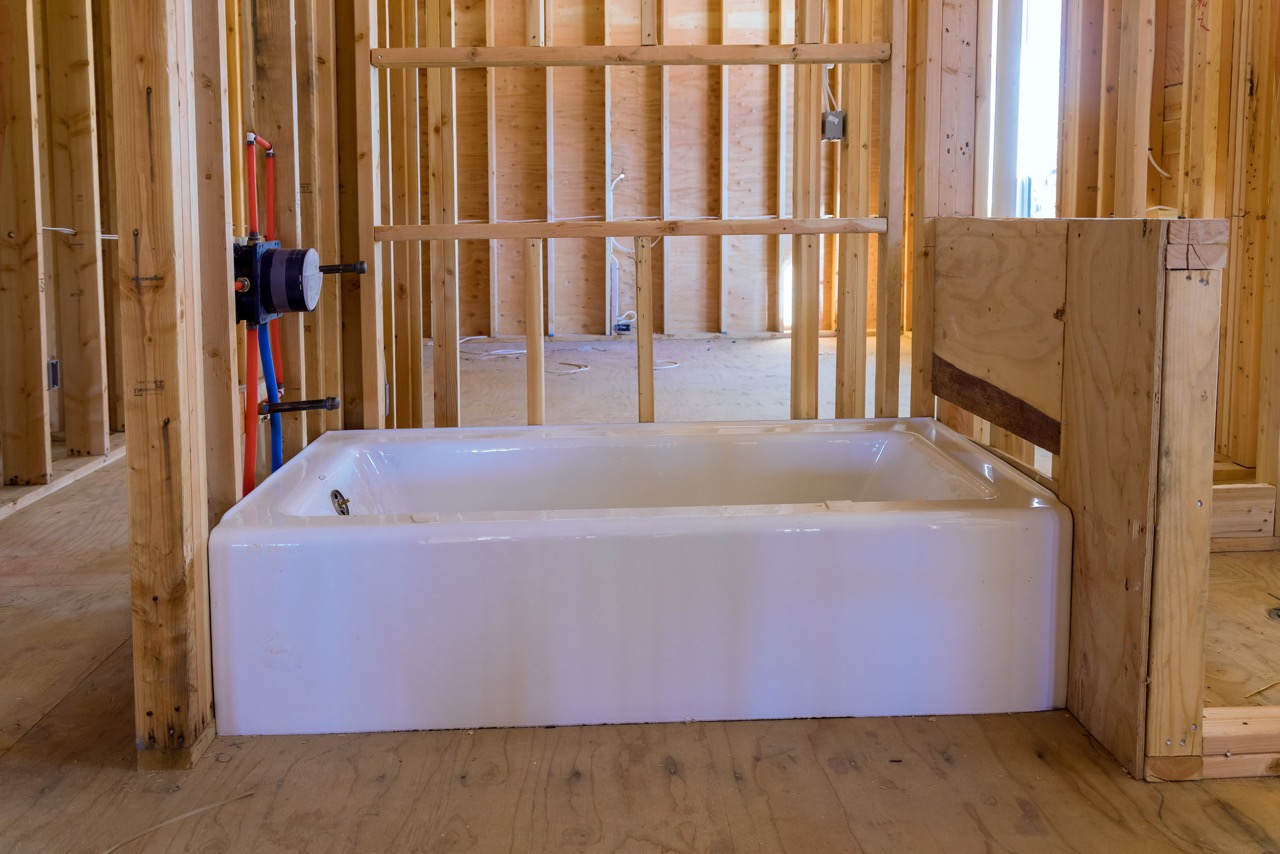
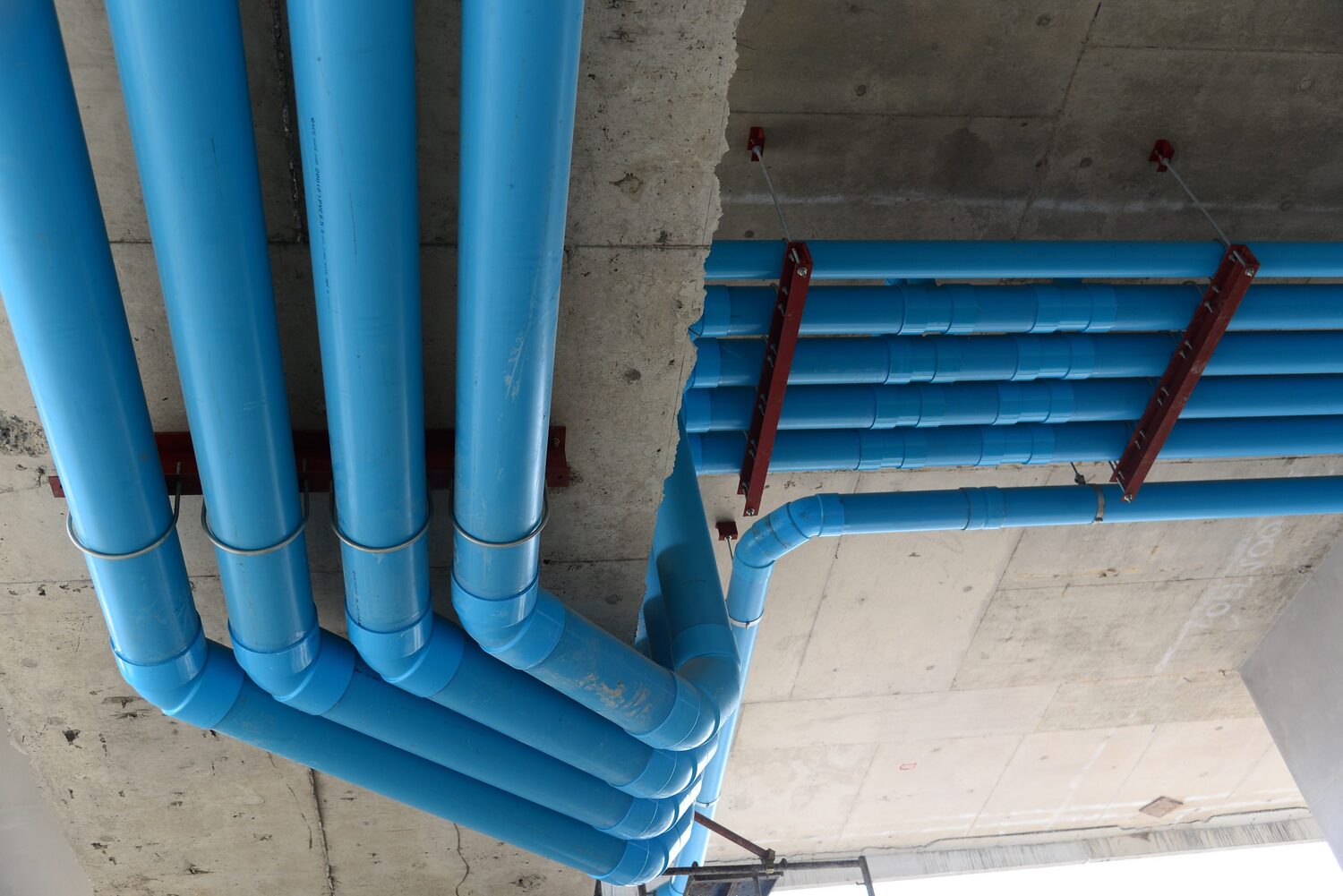
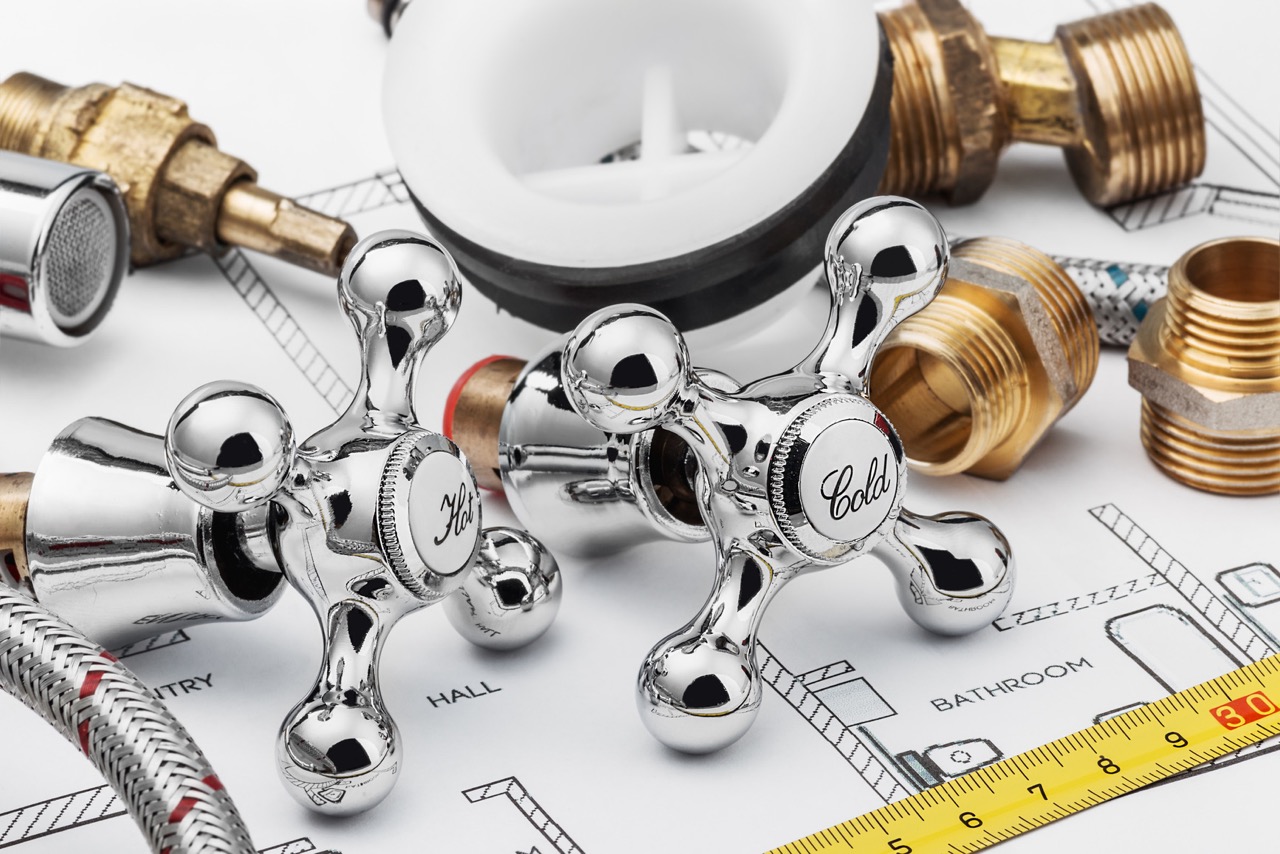
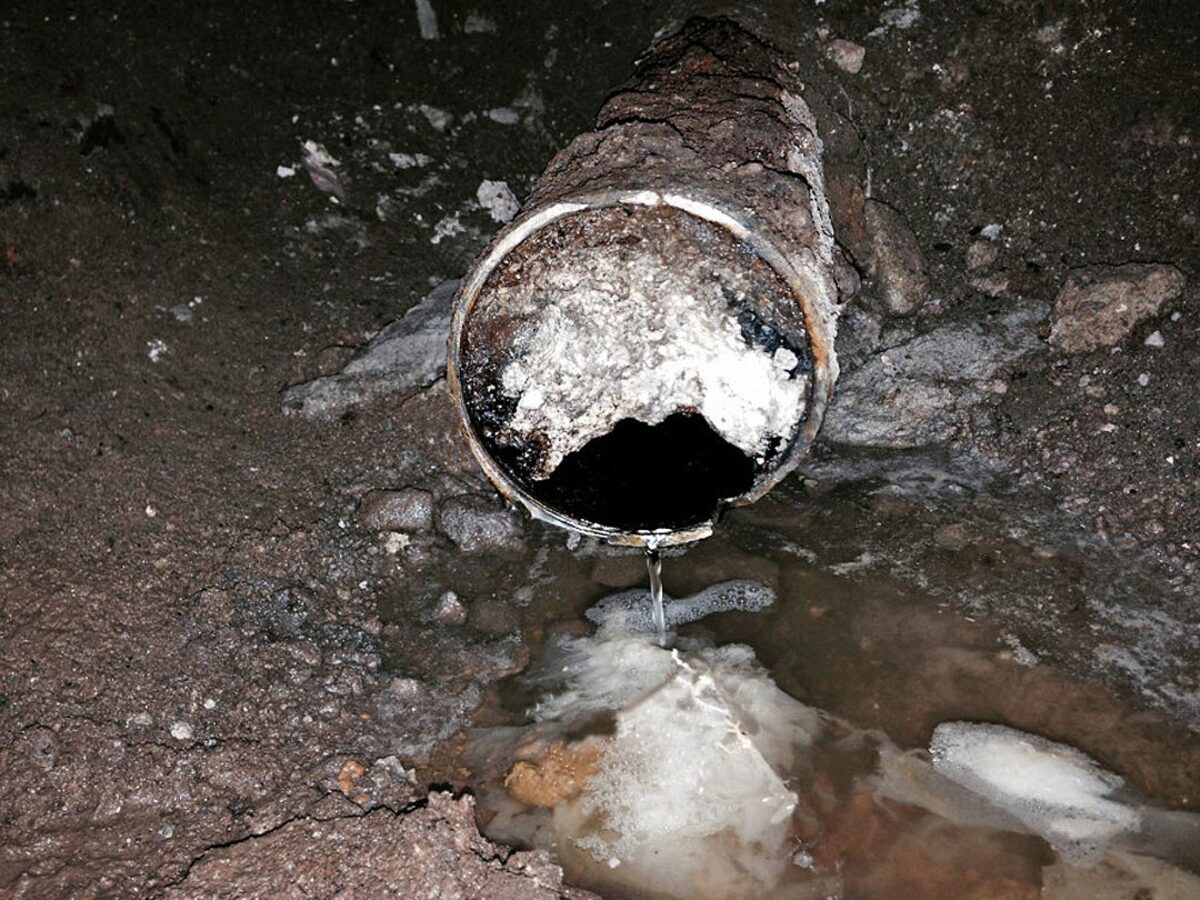
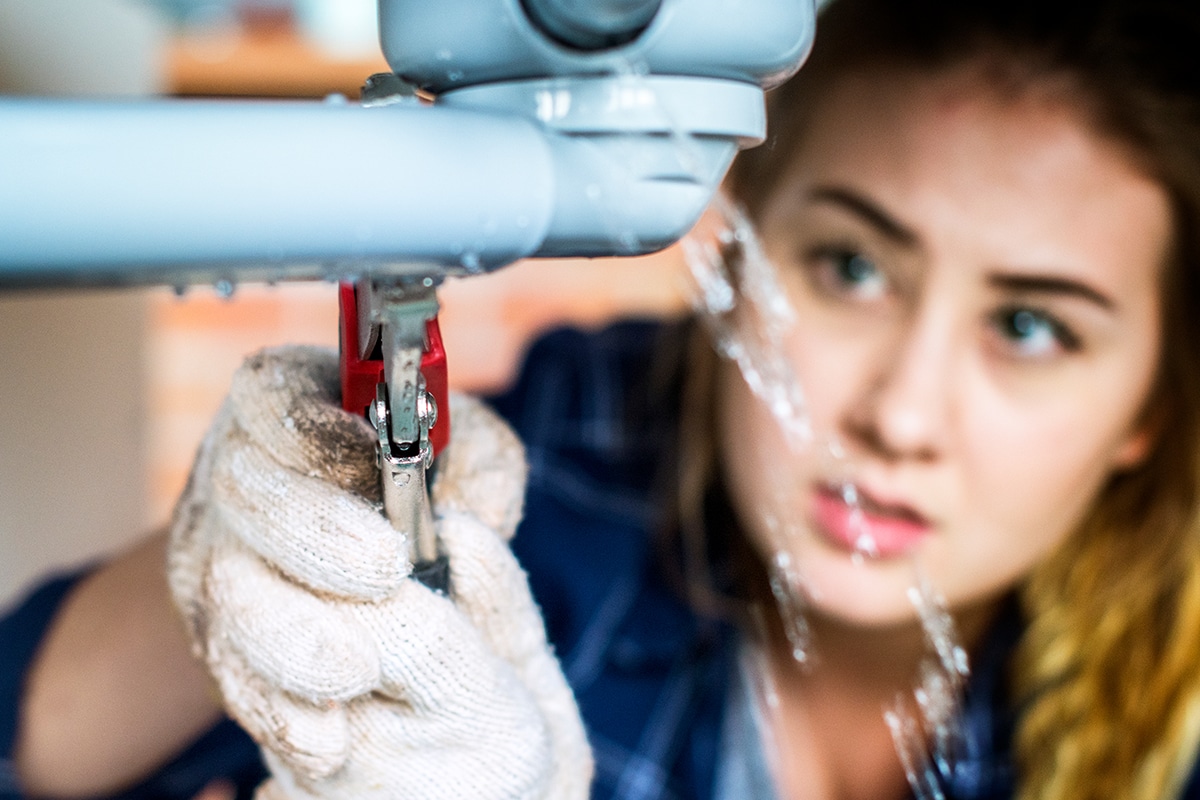
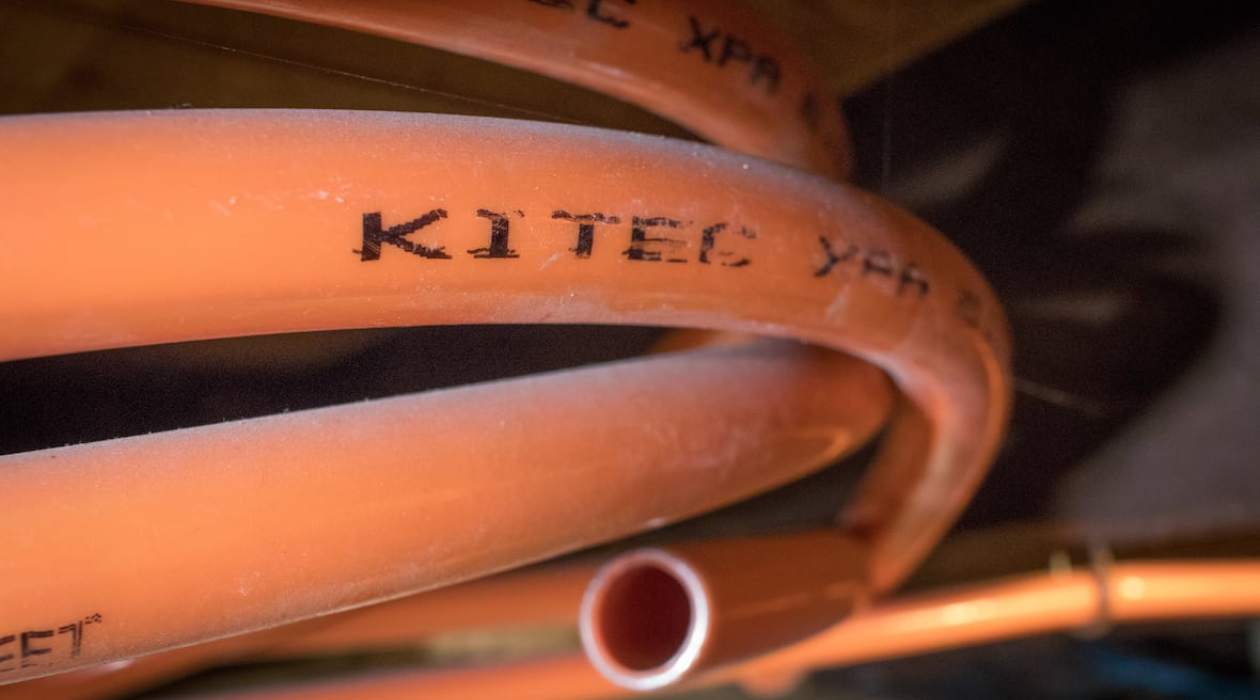
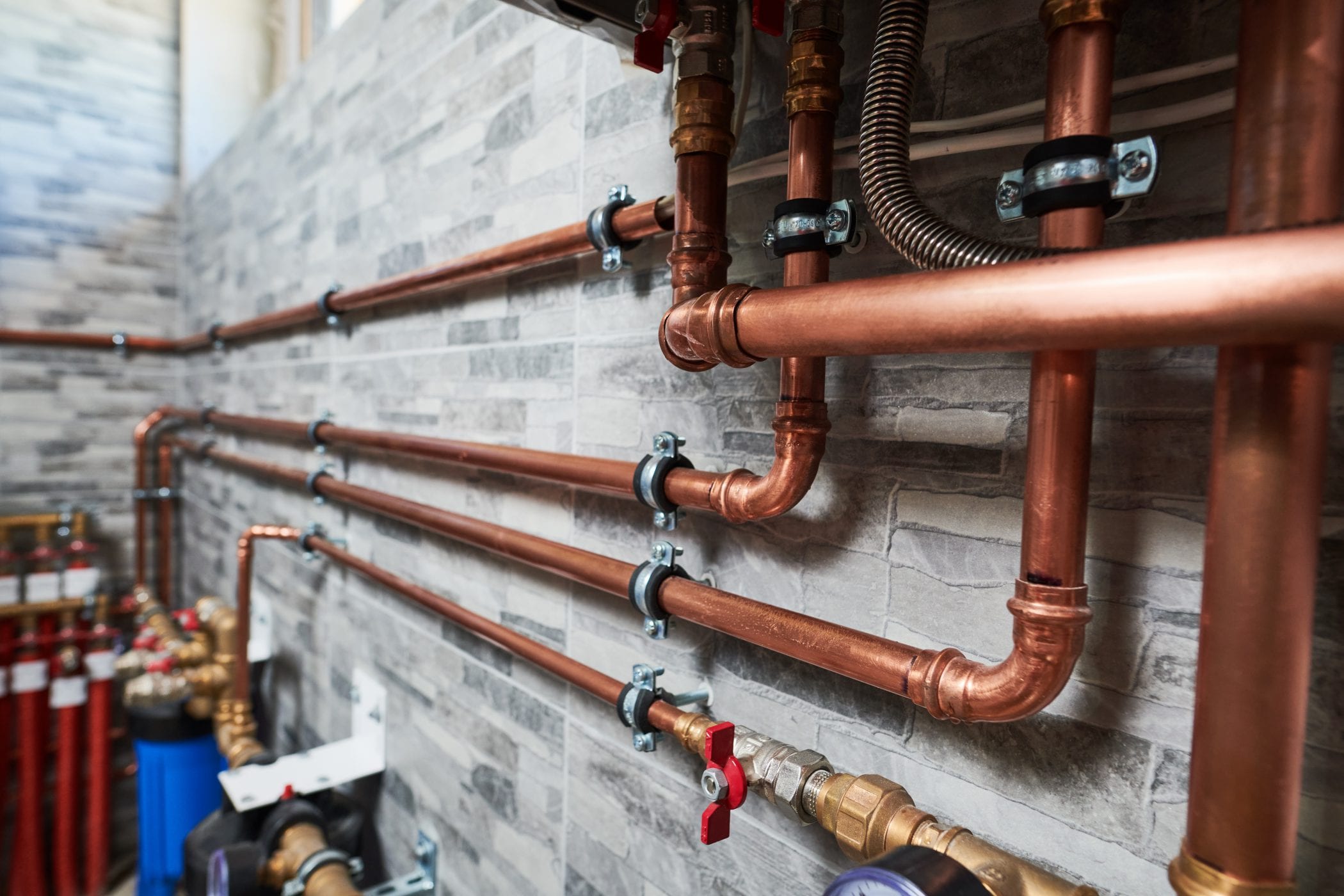
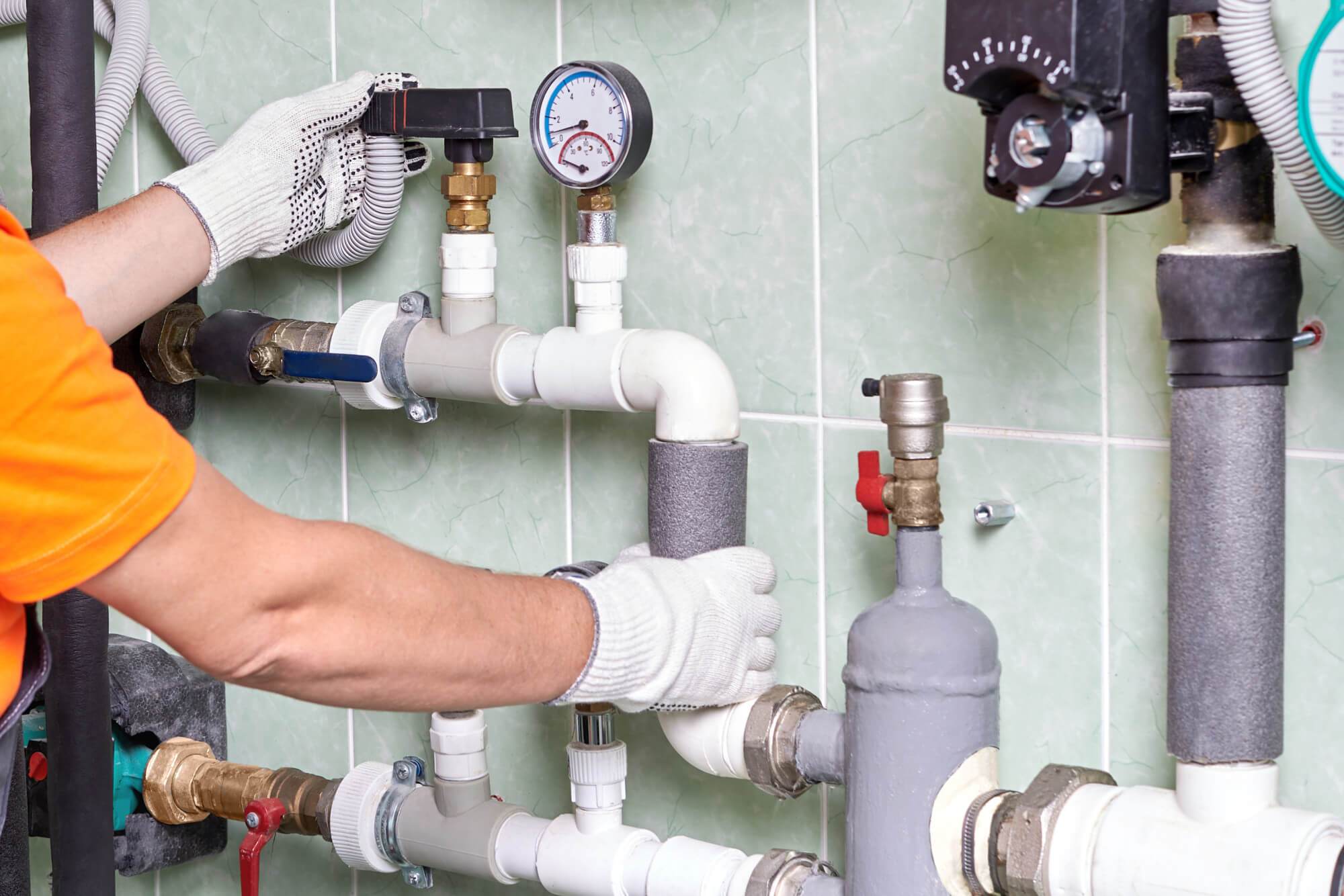
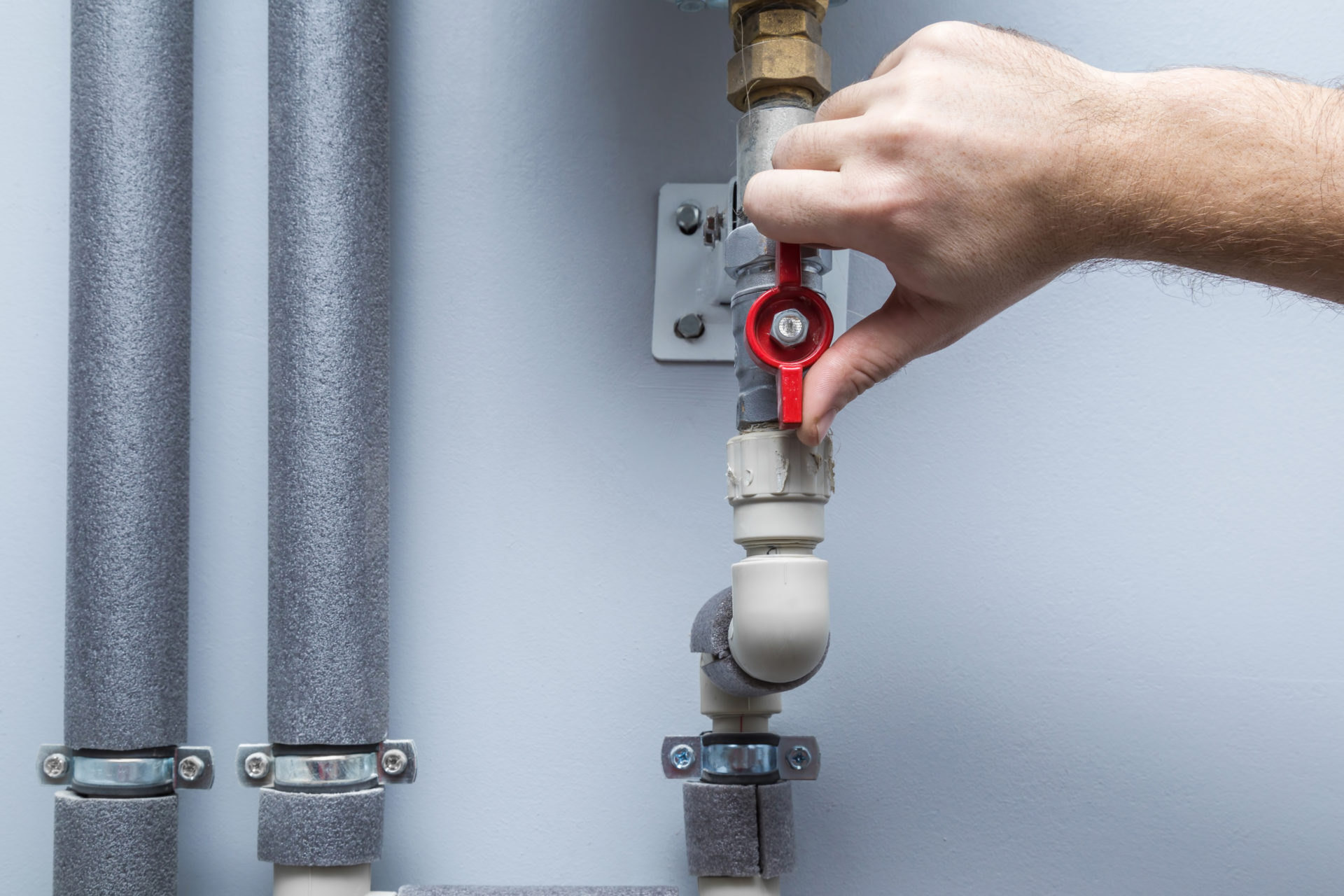
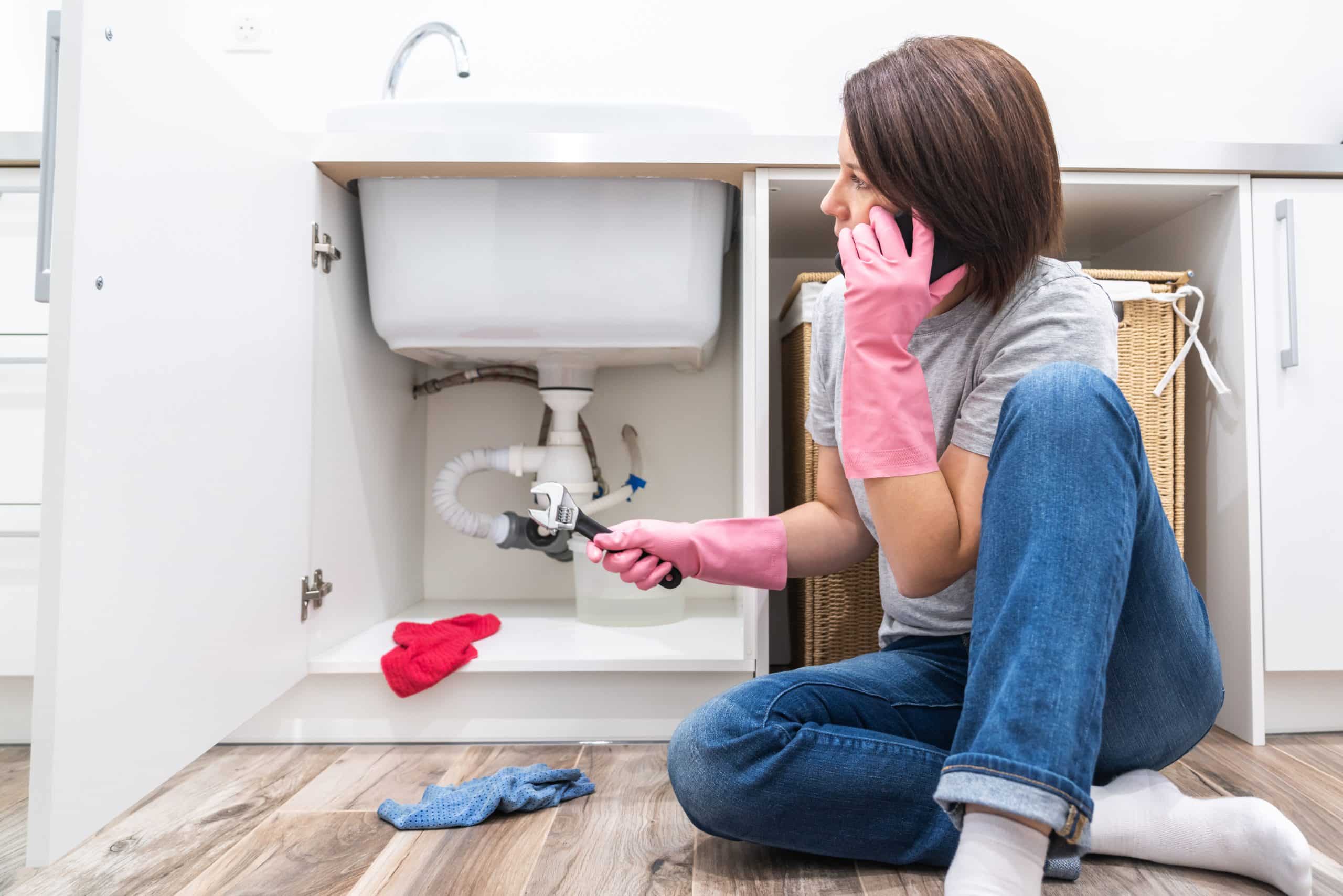
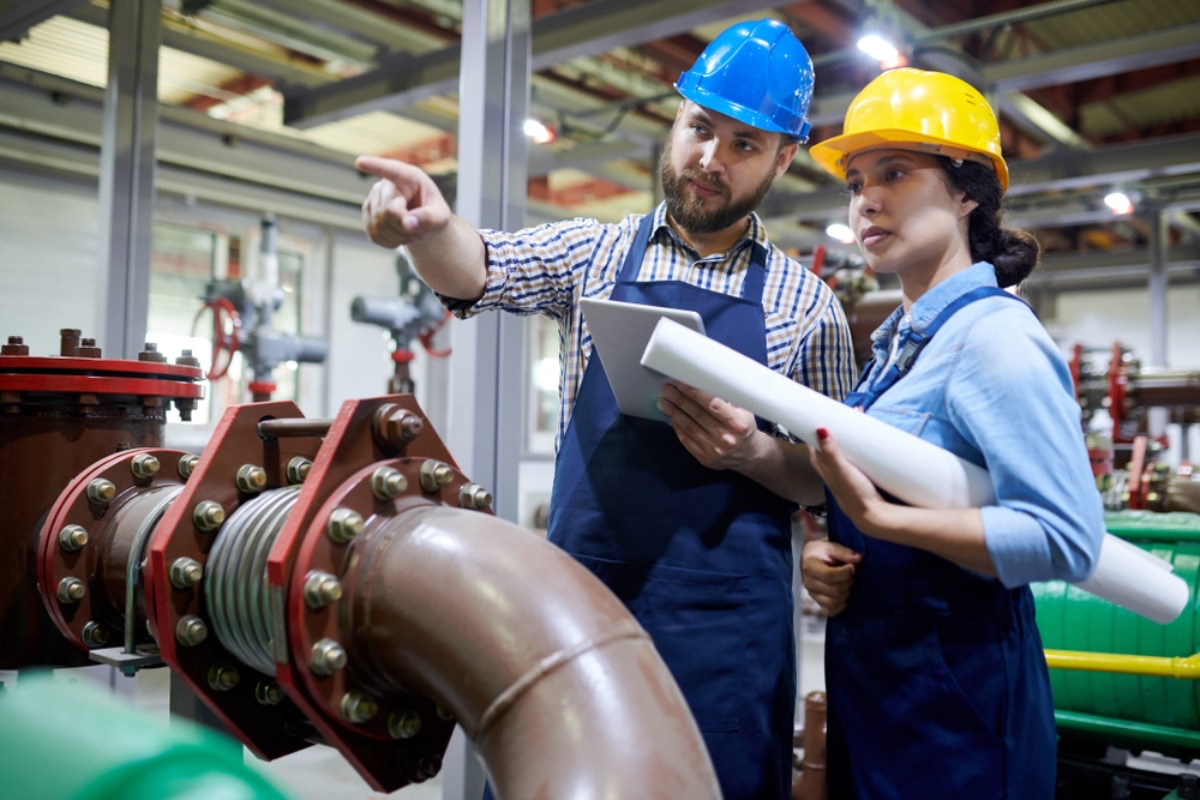
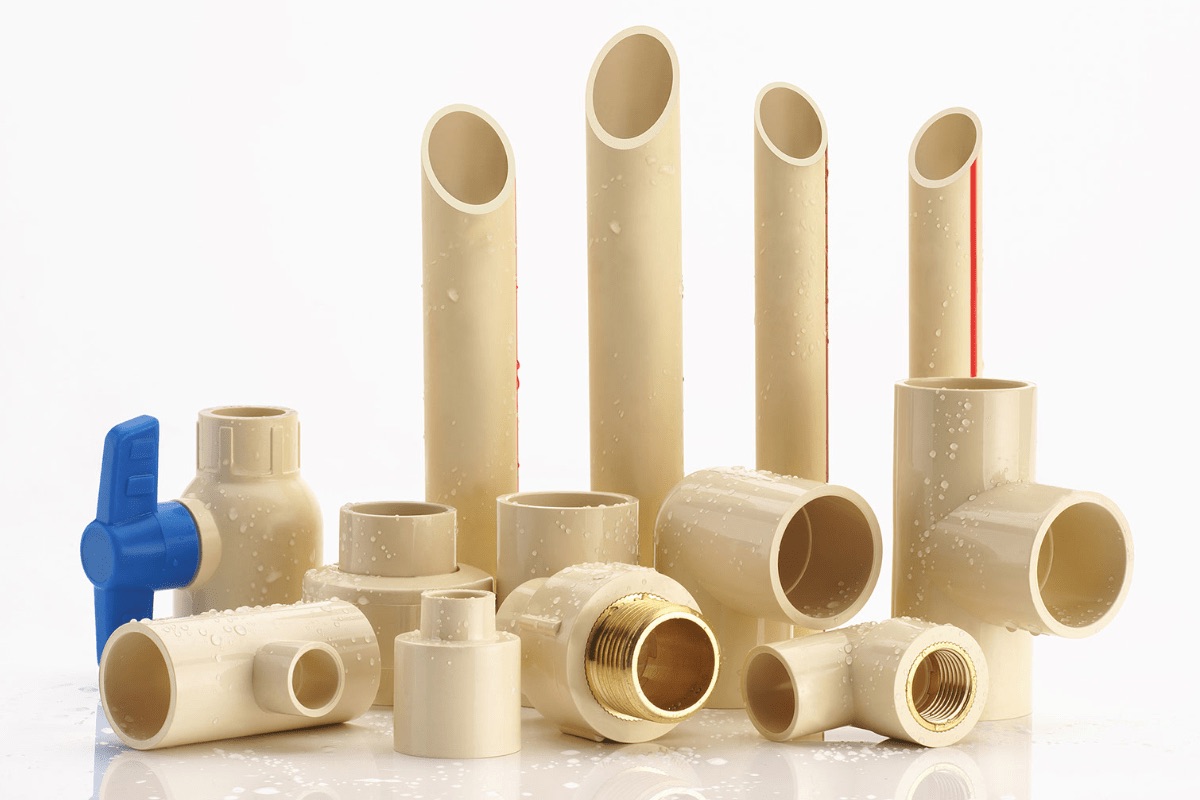
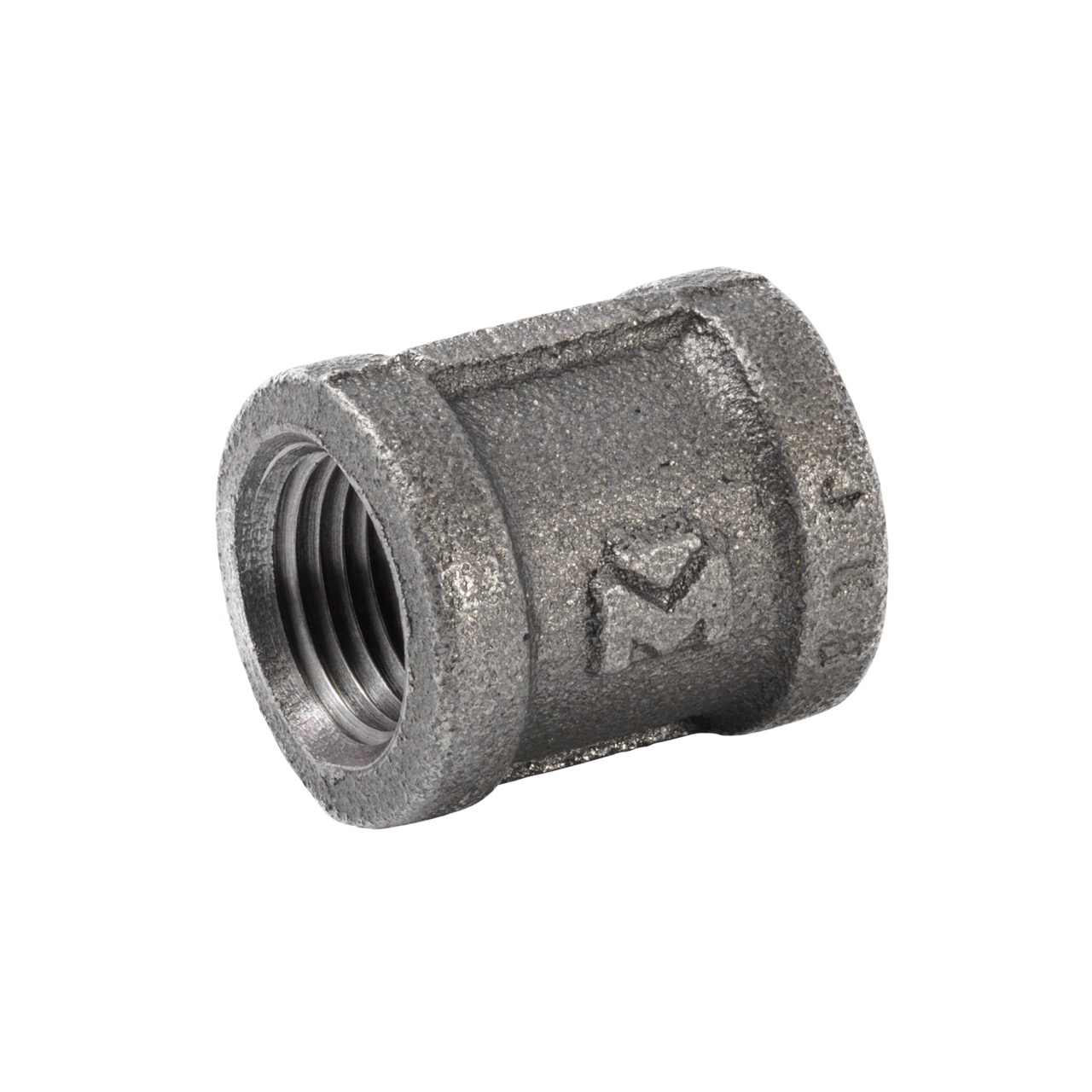

0 thoughts on “What Is A Backflow In Plumbing”